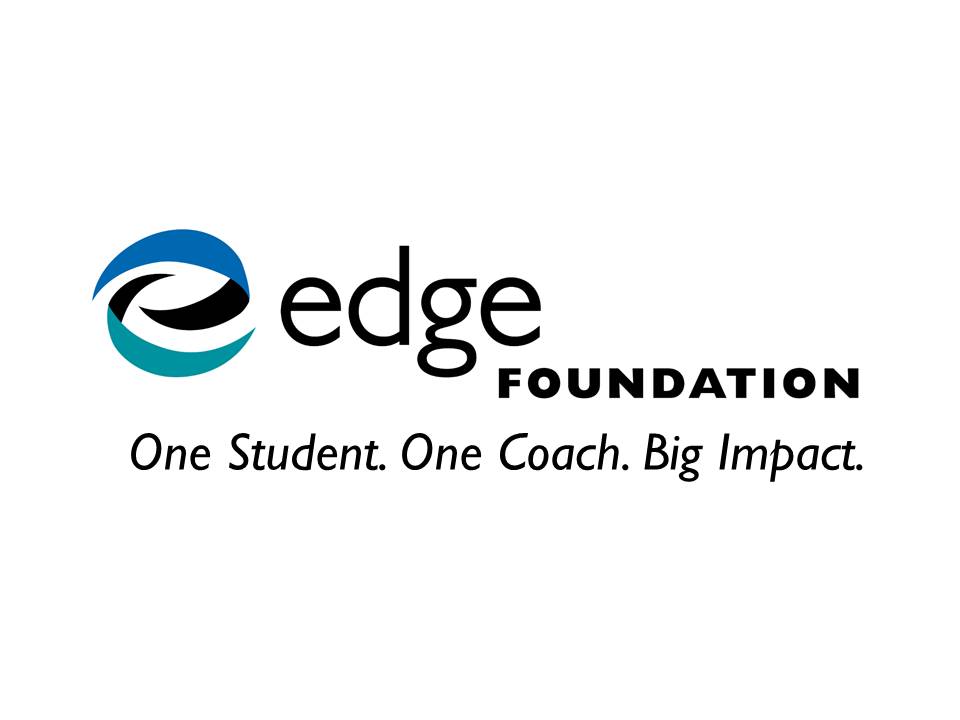
Research findings from a new study about binge eating and ADHD are challenging the notion that the disorder is due to the impulsivity commonly associated with ADHD.
Binge Eating and ADHD
Binge eating disorder (BED) is a condition of disordered eating characterized by the consumption of a large number of calories in a short period of time.With BED, people eat large amounts of food quickly, even when they’re full. Unlike with bulimia, they don’t try to purge the food by throwing up or through excessive exercise. Not surprisingly, this condition is often accompanied by obesity. BED affects about 3.5 percent of women and 2 percent of men in the U.S. An estimated 30 percent of those who suffer with BED also have ADHD.
Challenging the Impulsivity Assumption
Impulsivity was long considered he culprit for binge eating among individuals with ADHD. But that could be changing. A recent study conducted by Elizabeth Martin, MSc,of the European College of Neuropsychopharmacology used functional MRI brain-imaging designed to help pin down the mechanism involved in the disordered eating patterns that often accompany ADHD.
She recruited two groups of individuals with ADHD – one group with low ADHD symptoms and another group with high ADHD symptoms as evidenced by their scores on clinical adult ADHD assessments. Next, she and her team used an impulsivity assessment tool to rate the participants on their level of impulsivity. The high ADHD group had, on average, higher impulsivity scores than the low ADHD group.
Finally, the researchers had each participant undergo an MRI scan where they had to perform two sets of tasks. One task involved quickly viewing 120 photos of food items and an equal number of nonfood items and rating how appealing the pictures were. The second task was what psychologists call a go/no-go task, a computerized cognitive test used to assess inhibitory control based upon reaction times and error rates.
On the go/no-go task, there was no difference between the high and low ADHD groups in terms of error rates or reaction times. And there was no difference in the neural circuits activated. But on the first task – viewing photos of food and non-food items – the results were quite different. The MRIs demonstrated increased responses to food versus nonfood images in the high-ADHD subjects, compared with the low-ADHD subjects in several reward-related brain areas.
Together, these results suggest that the tendency toward binge eating in the high–ADHD symptoms group was not tied to greater impulsivity, but more likely
The Implications
While more studies will be needed to confirm these results, the findings hold out the promise of better treatment – both pharmacologic and non-medication therapies – to help control the disorder. What this means for individuals with ADHD who suffer from BED is a healthier life and freedom from the guilt and shame that often accompanies binge eating episodes.
References
- https://www.mdedge.com/psychiatry/article/2291–04/adhd/binge-eating-adhd-may-not-be-impulsivity-related
- https://www.additudemag.com/adhd-linked-to-eating-disorders/
- https://www.understood.org/en/learning-thinking-differences/child-learning-disabilities/add-adhd/adhd-and-eating-disorders-what-you-need-to-know
- https://researchblog.duke.edu/2018/03/13/binge-eating-disorder/


